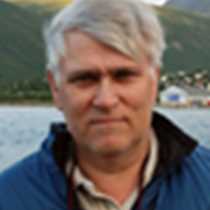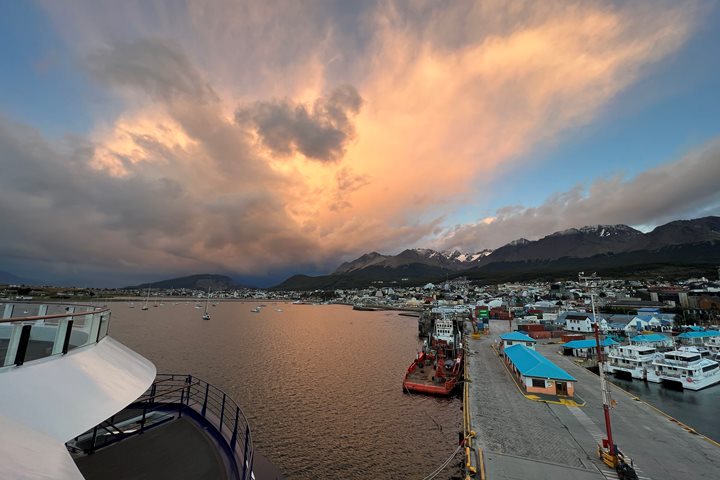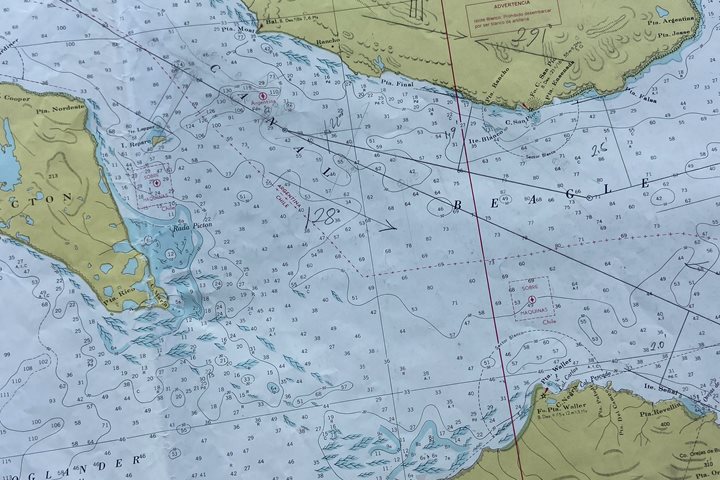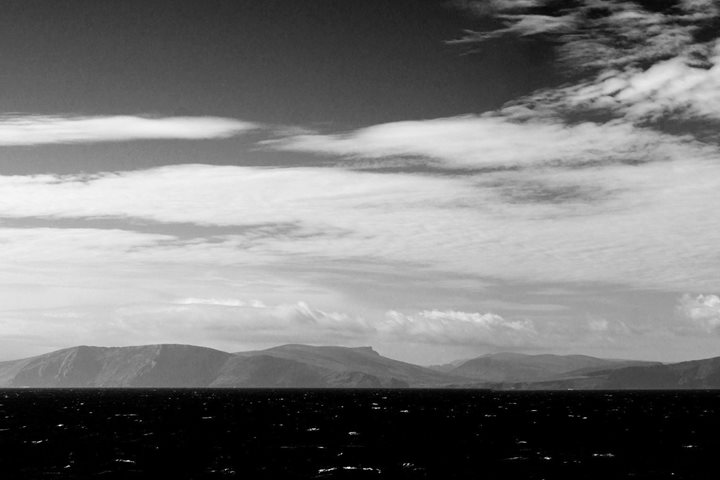This morning was set aside for a visit to the American scientific station, Palmer Station, managed under the U.S. Antarctic program. It is one of three American stations in Antarctica, and by far the smallest. It is located north of the Antarctic Circle and at Anvers Island close to the Southern Ocean. Here the focus has mainly been, since it was established in 1965, biology and the marine environment, including long term studies on Adélie penguins by Bill Fraser.
The station is named after the New England sealer Nathaniel Palmer, who came south around 1820 to do sealing, but also exploration, finding new land. In American literature the Antarctic Peninsula was for a long time known as Palmer Peninsula, while the British called it Graham Land. Now it is consensus to call it the Antarctic Peninsula, while you also find parts of the peninsula called Palmer Land and a different part Graham Land.
Right after breakfast the base commander Bob Sarrell arrived on board and gave a short presentation regarding the station and the work they do. Throughout the morning we were shuttled into the small “port” and crew from the base took us around to show all the different aspects of running a station and also some of the scientific work they are processing. This is the only American base totally depending on ships for its logistics, while the other two bases you can fly in. Many of the base crew have experience both from McMurdo and Amundsen-Scott base (South Pole), and it was a thrill to listen to and get insights from a more remote and extreme part of Antarctica.
Our underwater team went further out towards the outer islands to explore the wreck, Bahia Paradiso, an Argentinian icebreaker, which hit a rock and sank in January 1989 after visiting Palmer Station. This ice-breaker was the very first to trigger the Falkland War in April 1982, as she arrived to South Georgia, to Leith harbour, and put up the Argentinian flag.
During lunch we departed with our heading set for the former British research station, Base A or Bransfield House, established in 1944, now refereed as Port Lockroy in a smaller bay at Wienke Island. The weather was stunningly spectacular, blue sky and blasting sunshine and the captain took us through a rather narrow and very scenic passage, Peltier Channel. Nowadays this base is managed by the British Antarctic Heritage Trust as a museum. Here we dropped our postcards but also picked up one of the crew who had manned the site since early November. Summer is rapidly coming to an end here in the south, and they are about to close the station. Rachel will be aboard until we arrive to the Falkland Islands.
Throughout the afternoon we continued to steam north, first through the very scenic Neumayer Channel, later into the Gerlache Strait. For those who wanted to learn more about geology and plate tectonic in Antarctica, Jason Kelley gave a presentation later followed by Eric ‘ice-man’ Guth’ with his ‘ice lecture,’ but he was soon interrupted by the announcement: ‘whale soup.’ Wherever you looked, in any direction, you saw spouts from feeding humpback whales. Those up on the bridge were able to watch the depth finder and here it was confirmed: krill in huge numbers about 30-80 meters deep (90-240 feet). Fluke shots were taken again and again, and most likely some will be found in the whale catalogue.
Soon it was time to set our heading north, and we are about to steam for the Weddell Sea.







